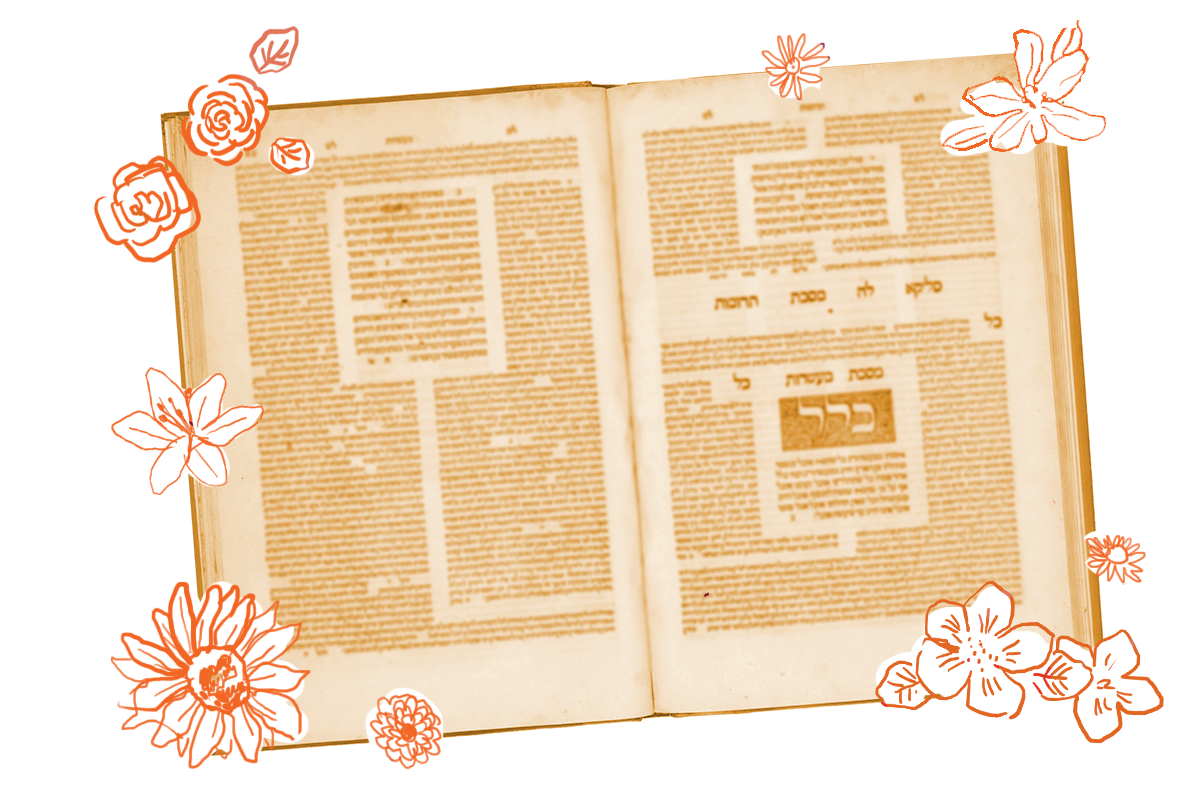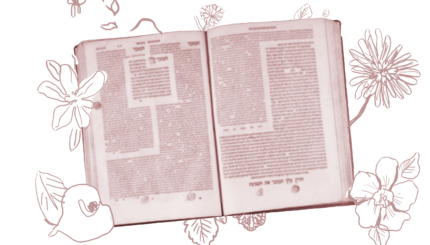Over the course of the last few tractates, we’ve often marveled at the way the rabbis are drawn into delightfully complex digressions. But the discussion that has been occupying us for several days now, about finer points of ritual purity and impurity, might be one of the more unwelcome ones. And who can remember how we even got here? Let’s backtrack a bit.
Toward the end of the first chapter of Pesachim, we read the following in the Mishnah:
Rabban Gamaliel says: non-sacred hametz may be eaten the whole of the first four hours of the day and terumah the whole of the first five hours, and they burn them at the beginning of the sixth hour.
Terumah is a word that describes many kinds of offerings eaten by the priests of the Temple, including leavened cakes and doughs. These sacred offerings needed to be in a state of ritual purity. (Though, of course, mistakes can happen and terumah can become impure.) Regular leaven, eaten by regular individuals, does not need to be pure.

Help us keep Jewish knowledge accessible to millions of people around the world.
Your donation to My Jewish Learning fuels endless journeys of Jewish discovery. With your help, My Jewish Learning can continue to provide nonstop opportunities for learning, connection and growth.
According to this mishnah, Rabban Gamliel gave the priests an extra hour to eat their leaven before everything was due to be burned at the sixth hour. Though regular people might lose track of time and therefore needed a buffer hour to make sure they didn’t eat past the deadline, presumably the priests, being ritual experts, could be relied upon to stop eating at exactly the sixth hour.
Now, the last part of this mishnah says “they burn them at the beginning of the sixth hour.” Though in context it probably just means that all leaven has to be burned at the sixth hour, it sure sounds like one might be piling the regular leaven — which is possibly impure — into the fire with the terumah, which is supposedly pure. And this maneuver could perhaps cause a transfer of impurity, which is a no-no (even though everything is about to go up in smoke). By the way, did you catch all the qualifiers there? The regular leaven could be impure, the terumah leaven is most likely pure but not necessarily. All of this is the set-up for a pretty complex discussion — which we’ve been indulging for pages now.
So it’s off to the races, because the Mishnah, and then the Gemara as well, wants to discuss different combinations of items that might be burned up together when one is burning hametz on the 14th of Nisan, with particular attention to the problem that we do not, under any circumstances, want to transfer impurity — if we can possibly help it.
Let’s dive down for a moment now and explore one small detail in this discussion. On today’s page, Rav Hisda worries about the following problem: Let’s suppose you have two items of terumah. One is definitely impure and the other might be impure. Can you burn them together? Rav Hisda knows of two teachings on this from Rabbi Yehoshua and, unfortunately, they apparently contradict each other. In one of the teachings Rabbi Yehoshua seems to permit this combination, in the other he seems not to.
Now, usually when the Gemara has a problem like this it finds ways to delimit each teaching in order to resolve the contradiction. However, on today’s page, something a little unusual happens:
And Rabbi Yosei, son of Rabbi Hanina, resolved this apparent contradiction: This teaching, that one is permitted to burn terumah in abeyance together with ritually impure terumah, is the ruling of Rabbi Shimon in accordance with the opinion of Rabbi Yehoshua, whereas that statement, that one may cause this impurity only passively, is the ruling of Rabbi Yosei in accordance with the opinion of Rabbi Yehoshua.
In other words, Rabbi Shimon understood Rabbi Yehoshua to mean one thing, and Rabbi Yosei understood Rabbi Yehoshua to mean the other.
Now, you might be immediately dissatisfied because this solution to the contradiction is basically a non-solution. We do not know for certain whether Rabbi Yehoshua permitted one to burn impure terumah with terumah of uncertain status. We know only that different students of Rabbi Yehoshua taught contradictory things in his name.
Luckily, this discussion is theoretical. We don’t have a Temple, or terumah, or a full-blown purity system. But we do have the rabbinic intellectual legacy. And here, it seems, we’ve been given an intellectually honest and modest conclusion: We don’t know the right answer. We only know that we have received multiple contradictory teachings — and that’s ok.
Read all of Pesachim 20 on Sefaria.
This piece originally appeared in a My Jewish Learning Daf Yomi email newsletter sent on December 11th, 2020. If you are interested in receiving the newsletter, sign up here.



